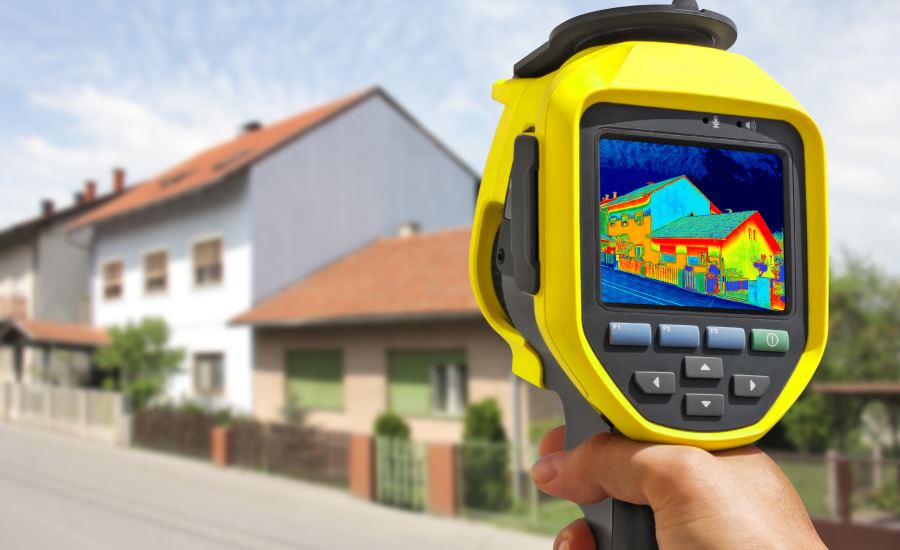How a High-Performance Building Envelope Increases Heating and Cooling Efficiency

Energy efficiency measures often focus on upgrading building systems such as lighting, mechanical ventilation, air conditioning and space heating. However, the building envelope also has a significant impact on energy efficiency. A high-performance envelope reduces heat transfer in both directions, which decreases cooling loads during summer and heating loads during winter.
New constructions provide the best opportunity to deploy a high-performance building envelope, since it can be built into the project. While it is also possible to improve the envelope of an existing building, the cost tends to be very high because existing walls and facade elements must be disrupted. A major renovation also provides an excellent chance to improve insulation and airtightness.
Benefits of a High-Performance Envelope: Savings and Resilience
As previously stated, a high-performance building envelope reduces both heat gain and heat loss. The energy savings achieved vary depending on the season:
During summer, an efficient building envelope reduces electricity bills because the load on air-conditioning equipment is smaller. While there are exceptions where air conditioning does not run with electricity, they are rare; absorption chillers that use industrial waste heat are an example.
Winter savings are more varied, since space heating systems use a wide range of fuels: natural gas, heating oil, propane and electricity are common options. Combustion-based heating is more common due to the high operating cost of resistance heaters, but electric heat pumps have emerged as a viable option.
The energy expenses associated with space heating and air conditioning depend on equipment efficiency and the corresponding loads. Therefore, high-efficiency equipment cannot achieve its savings potential if a deficient envelope increases heating and cooling loads.
In new constructions, a high-performance building envelope can also reduce the upfront cost of mechanical installations. Since heating and cooling loads are decreased, the nameplate capacity of the corresponding equipment may also be reduced. Smaller equipment not only has a lower price, but also reduced maintenance costs.
An efficient envelope also increases building resilience against extreme weather events that interrupt the power supply. If there is a blackout, an airtight and well-insulated building can sustain adequate temperatures for a longer time than a building with a deficient envelope.
Improving Envelope Performance in Existing Properties
Designing a building with an efficient envelope from the start is the optimal solution, but the business case is often favorable for upgrades in existing properties. However, before proceeding with any building upgrade, the recommended first step is identifying deficiencies in the existing envelope.
Although air leaks and deficient insulation are invisible, energy consultants can pinpoint them with methods such as thermal imaging and pressurization tests. Caulking can be applied in air leaks that affect fixed building elements, and weatherstripping is suitable for moving elements such as doors and windows.
Window upgrades can drastically reduce unwanted heat transfer from fenestration, although the project can be expensive due to the associated labor cost.
Triple-pane windows with low-emissivity coating offer the top performance in the market.
If the property owner wants to avoid disrupting the existing envelope, an alternative upgrade is adding storm windows in front of the existing ones. This creates an air gap that improves insulation.
If a property owner is considering a mechanical equipment upgrade to improve energy efficiency, a building envelope inspection is recommended first. By correcting building envelope deficiencies, the new HVAC equipment will be subject to a reduced workload.